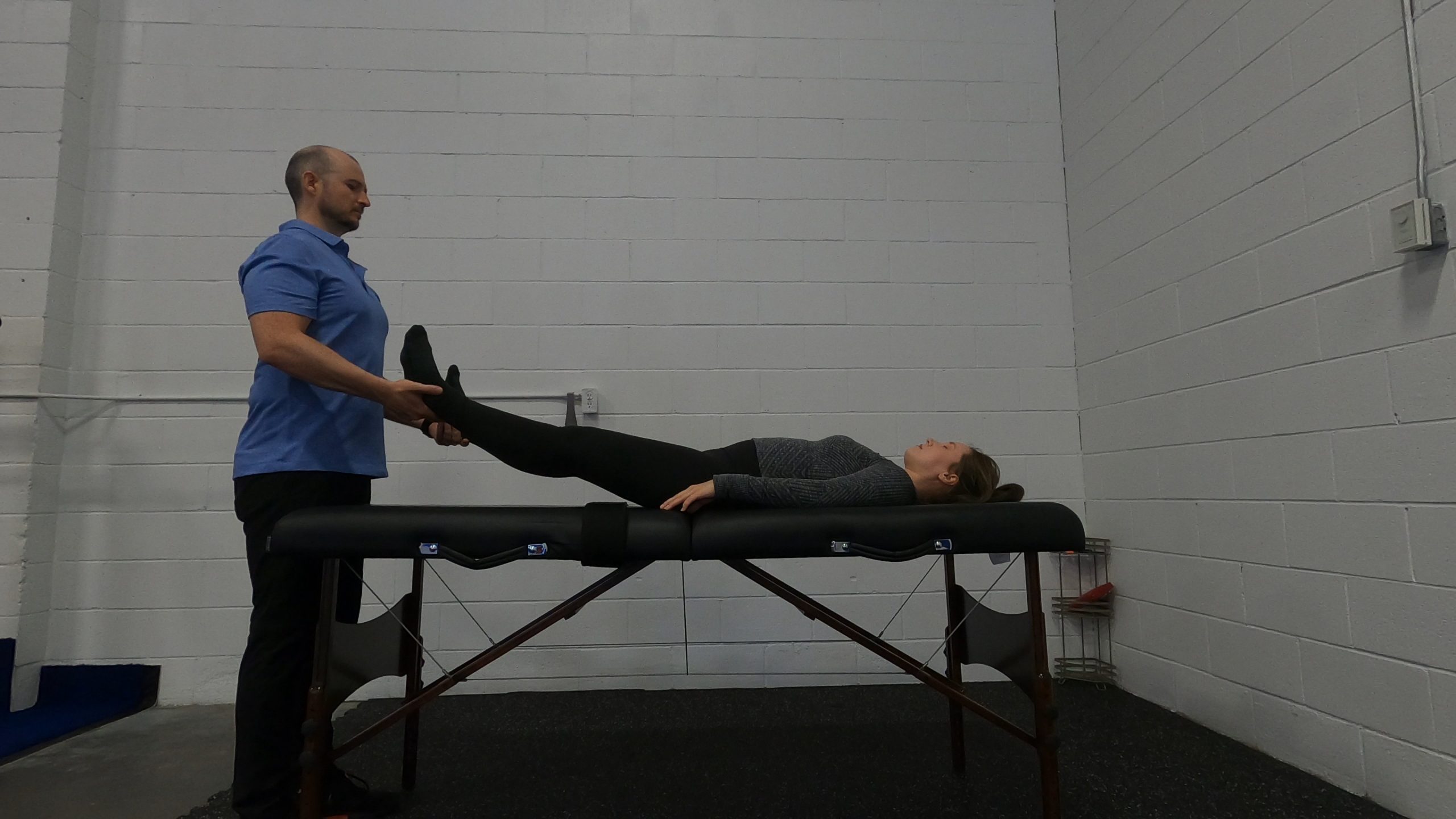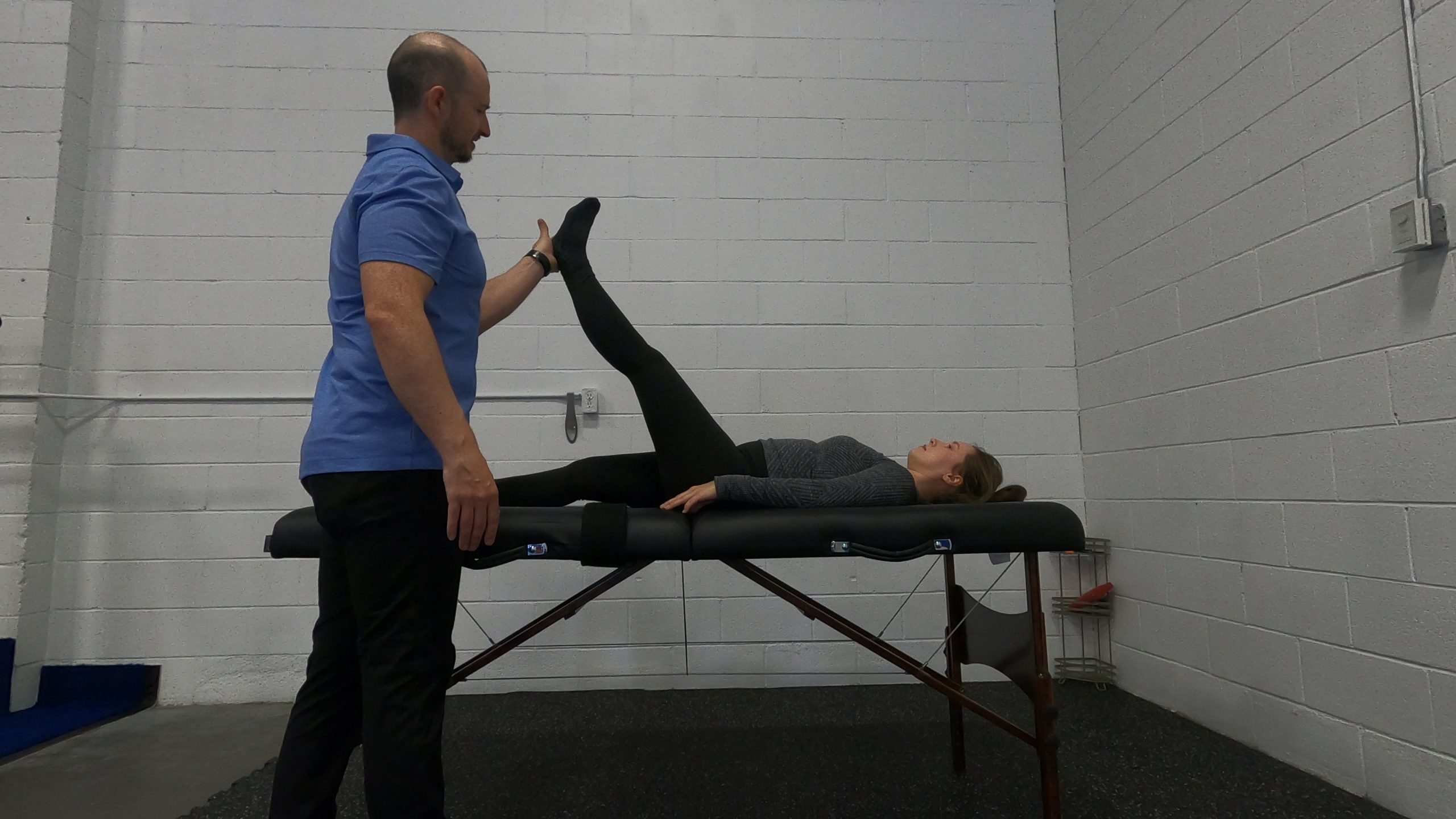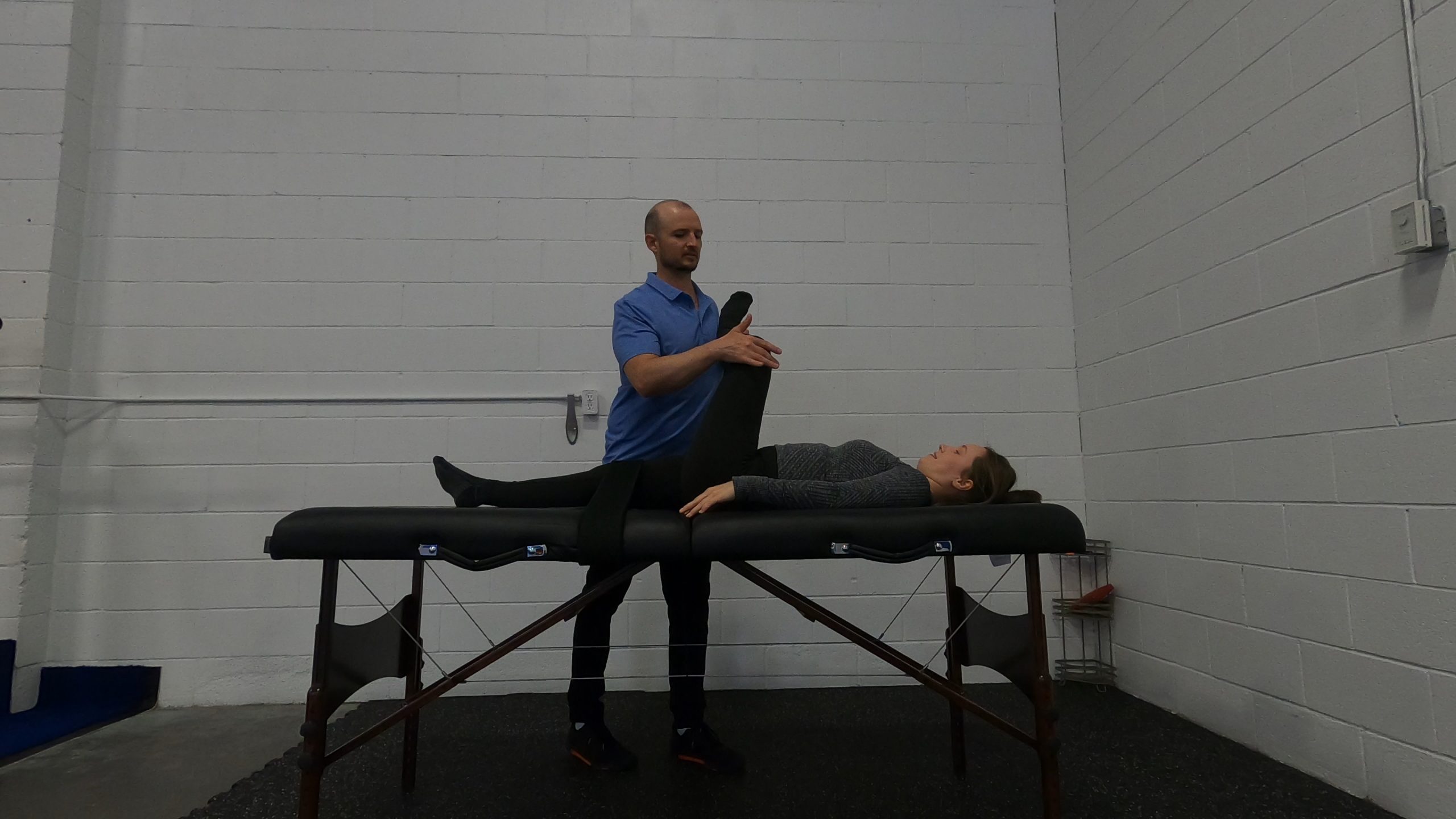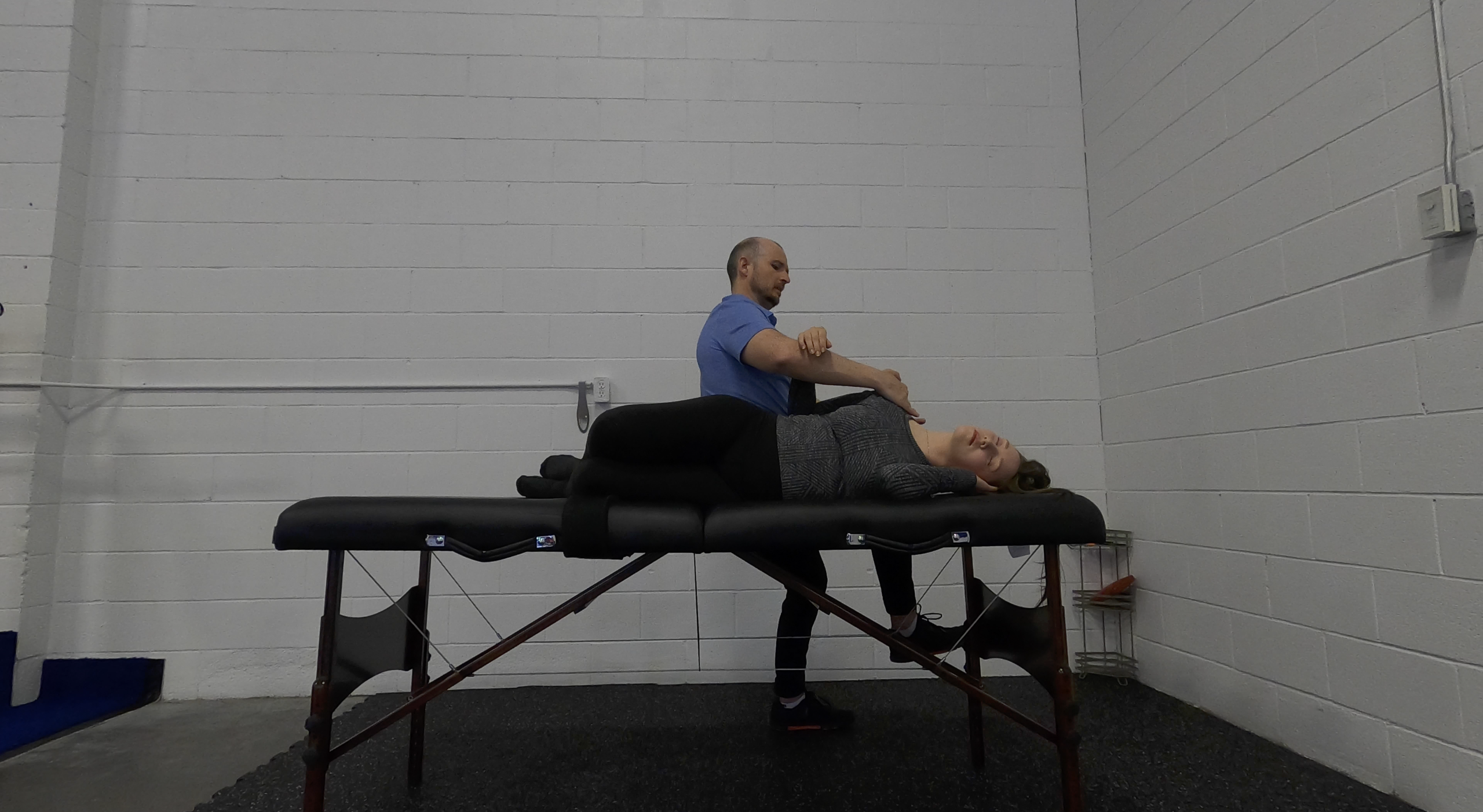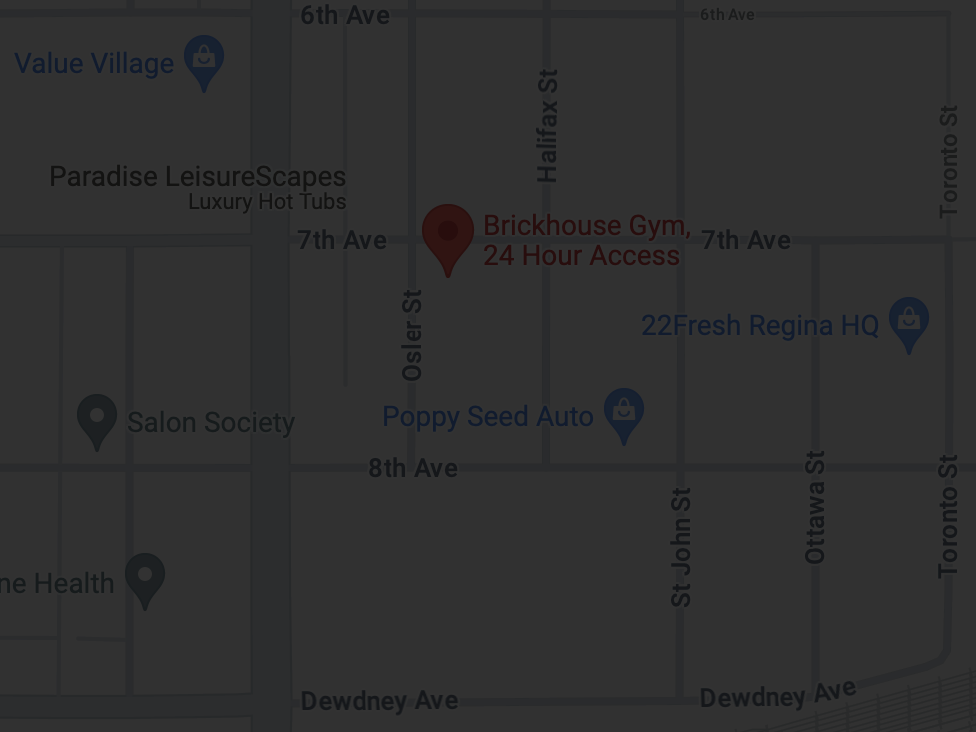FASCIAL STRETCH THERAPY
UNLOCK YOUR FULL POTENTIAL
WHAT IS FASCIAL STRETCH THERAPY? >>
The future of fitness and stretching has arrived with Fascial Stretch Therapy (FST) and its revolutionary Stretch Wave Technology—a bold leap beyond the limitations of yesterday’s isolated muscle stretching. Imagine a table-based, partner-assisted journey where your trained stretch therapist becomes your guide, leading you down a secret road into the unknown to uncover what’s holding you back. With every stretch, FST unleashes a tsunami of results, rippling through your body, mind, and energy, transforming you from the inside out. At the heart of this evolution lies the fascia—a vibrant connective tissue web that links every muscle, bone, joint, and organ into a seamless system, serving as your body’s gateway to a new dimension of transformation.
Far more than mere support, fascia is a protective and communication network, pulsing with signals three times faster than the nervous system—720 mph vibrations that outpace the body’s neural highways. This myofascial net weaves a tensegrity structure, balancing tension and compression across 12 main kinetic chains, like the Superficial Back Line and Deep Front Line, using your skeleton as struts. Over time, life’s demands—poor posture, stress, or injury—throw these chains out of harmony. Muscles lock into over-tensioned states, either shortened or lengthened, compressing joints and clogging the system with dysfunction. That’s where FST steps in, targeting this interconnected web to restore what’s been lost.
Picture each stretch as a key, gently unlocking a door. Every door acts as a layer of dysfunction blocking us from reaching our full potential. Some doors are made of mud and some of cement. Guided by your therapist, you peel back these layers, one by one, riding the Stretch Wave as it surges through the myofascial net. With each ripple, tension dissolves, joint pressure lifts, and the extracellular matrix flushes with vitality. The journey doesn’t stop at the surface: it rebalances your kinetic chains, expands your range of motion, and restores movement with fluid grace. Pain fades, movement becomes effortless, and a deeper shift emerges—calming your nervous system, easing inflammation, and inviting restful sleep.
Go deeper still, and you’ll find water—the layer of optimal fascia, flowing freely, marking the pinnacle of pain-free movement. Athletes unlock explosive power and agility, while everyone discovers a vibrant, energized self. FST’s Stretch Wave Technology tunes this transformation, harmonizing the fascia’s liquid crystal lattice until your body hums with bliss. This isn’t just stretching—it’s a voyage to your core, stripping away mud and cement to reveal a stronger, freer you. The future of fitness is here, and with FST, you’re not just moving better—you’re riding the waves of infinite bliss.
KEY FST BENEFITS
![]()
![]()
![]()
![]()
![]()
![]()
![]()
![]()
![]()
![]()
![]()
![]()
![]()


![]()
![]()
![]()
THE FST PROCESS
An initial 60 minute Fascial Stretch Therapy assesment session. We will go over injury history, current pain or dysfunction and then assess your: posture, bio-mechanics, range of motion and your myofascia to discover postural dysfunctions, bio-mechanical errors, range of motion restrictions and myofascial imbalances and dysfunctions. As a result we can then proceed with addressing all your dysfunctions, errors, restrictions and imbalances to get you out of pain, moving, feeling and performing your absolute best.
Address your pain and or dysfunctions with a customized 3 session FST stretch program, customized to specifically resolve your issues so you can move, feel and perform at your absolutely best.
* 3 (60 Minute) Fascial Stretch Therapy Sessions
* Once a week for 3 weeks
A follow up 60 minute Fascial Stretch Therapy session which is recommended a month after the stretch program concludes to ensure there is no regression and or to fine tune deeper dysfunctional tissue. Client maintenance needs varies from client to client and therefore its an opportunity to gauge what type of maintenance needs may need be required.
A 60 Minute session session used to maintain a balanced high performant body. This could be monthly, quarterly, bi-annually or yearly depending on the client and their needs.
RESULTS

4 HOUR SQUAT TRANSFORMATION
FREQUENTLY ASKED QUESTIONS>>


Hi, I'm Jordan
ARE YOU READY TO UNLOCK YOUR BODY'S FULL POTENTIAL... IN JUST HOURS?
Maybe you’re fed up with pain—stiff joints, aching back, feeling trapped in a body that won’t cooperate. Or you’re an athlete chasing that edge—faster sprints, stronger lifts, unbeatable endurance. Perhaps you’re a gym-goer sweating it out but stuck—plateaued results, tight muscles holding you back. Whatever’s driving you, I’ve got the fix. I’m Jordan, “The Body Mechanic,” “Miracle Worker,” or just “The Stretch Guy,” and I’ve cracked the code to transform YOUR body—not in months, weeks, or days, but in hours.
EXCLUSIVELY AT >>

